The subject of hair and hair maintenance has a rich historical background all over the world. Hair care and styling transcends race, age and culture; hair is serious business to everyone. There is a reason why we all spend hours on end dotting over our manes trying to get them to desirable long lengths and keep them healthy. The reason simply is that the way our hair looks has a direct relation to how we feel or perceive ourselcves as well as others. Let’s take a walk down history and revisit hair in different cultures around the world and popular hair trends of the past.
Hair in Different Cultures
All cultures all around the world have interesting backgrounds when it comes to hair and hair maintenance. Let’s explore some of the world’s renowned cultures that played a significant role in influencing past and present hair trends.
The Egyptians
Hair symbolized societal status, wealth and age in ancient Egypt. Generally men and women kept their hair in shoulder lengths, cut scalp short or shaven bald.
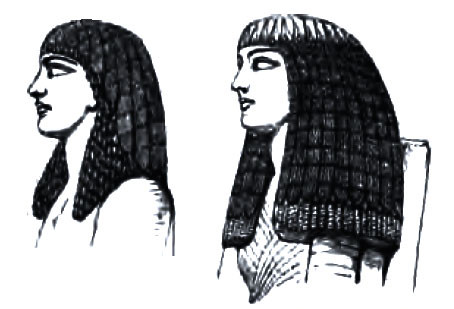 Young Egyptian girls would keep their hair braided, plaited or in ponytails. Women on the otherhand kept their hair short in the older Eguptian kingdom, while women in the newer Egyptian kingdom chose to wear their hair long. Decoration of the hair was evident in both kingdoms and flowers as well as ribbons were the preferred hair accessories back then. The affluent would don Diadems, the tiaras of that time, fashioned out of garnet or gold. The poor used petals and berries to decorate their hair. Poor women were also known to don the veil which was thought to be a sign of social mobility.
Young Egyptian girls would keep their hair braided, plaited or in ponytails. Women on the otherhand kept their hair short in the older Eguptian kingdom, while women in the newer Egyptian kingdom chose to wear their hair long. Decoration of the hair was evident in both kingdoms and flowers as well as ribbons were the preferred hair accessories back then. The affluent would don Diadems, the tiaras of that time, fashioned out of garnet or gold. The poor used petals and berries to decorate their hair. Poor women were also known to don the veil which was thought to be a sign of social mobility.
Young adults were the age group who wore shaven heads to mark their transition to adulthood. However, they often spotted a small lock of hair to the side of their heads referred to as the ‘Lock of Youth.’ After the transition it was discretionary to each individual whether they chose to keep theur hair long or short.
Older wealthy Egytian men as well as women were known to wear wigs in an attempt to hide their shocks of graying hair. However, the wig ended up playing an important role by protecting the wearer’s hair from the damage that would have been caused by the sun’s harsh rays.
The Romans
Hairstles were seen as expressions of identity in ancient Rome. Just like in ancient Egypt hairstyles denoted social status, age, wealth and gender in ancient Rome.
Women’s hairstyle choices not only pointed out at how attractive she was perceived to be, but also pointed out to her wealth status in Rome. Women in ancient Rome simply wore their hair down, but would keep it off their faces by wearing a band that would circle their heads. The girls at that time donned simple buns that hung at the neck.
The rule of Emperor Augustin brought with it changes and women donned more elaborate hairstyles. The more outrageous the hairstyle the more fashionable or attractive it was thought to make a woman look, for spending a lot of time on it. Hair pieces came into play around this time with women using them to achieve length and volume. Braids and knots as well as wearing the hair down were the popular styling choices during this time. Jewelled hair pins and pearls were the popular hair accessorie back then.
Earlier on, Roman men wore their hair long complete with full beards. They later on sarted wearing clean-shaven looks topped off with short hair. During the 1CE period they yet again grew their beards long, but kept their hair short. Julius Ceasar is known to have worn a laurel crown in attempts to hide his thinning hair during his later day. Emperor Nero who wore face-framing curling hairs is attributed to popularizing sideburns.
The Greeks
Greek women classically wore chignon style hairstyles in long lengths. They would often braid their hair and fix the braids into the head using decorative flowers, metal pieces, ribbons and headbands. Blondes were a rare sight in Greece and many women attempted to dye their hair blonde or red.
Men kept their hair short or clean shaven with beards to complete the look. However, soldiers never wore beards in ancient Greece. Gold powder was sprinkled on the hair in ancient Greece.
The Japanese
Japenes women wore their hair according to their social standing. Noble women donned tight back lying ponytail known as kepatsu in a sickle-shape during the 7th Century. From then onwards up until 1345 women left their hair flowing free and in long lengths as a symbol of beauty.
In 1603 to 1868, known as the Edo Period, women donned much more elaborate hairstyles. This included buns in diverse styling decorated with flowers, hairsticks, ribbons and combs. They later on adopted larger combs to accesorize the hair. Some women chose simpler hairstyles and the box Shimada was one of those styles. It involved looping the hair atop the head complete with a projecting box that lay to the nape of the neck.
Japenese men wore their hair in tight ponytails that were partly shaved at the front of the head. Other men shaved part of the head and pinned the rest at the back of the head.
The Chinese
Marital status as well as age dictated hairstyles in ancient China. Women would never cut their hair and doing so was seen as disrespect, because hair was considered as an inheritance from the parents. Girls would wear their hair long and unmarried women wore it in a long braided style. Married women tied their hair up complete with a loose curl symbolizing her married status. Chinese women were known to don a Buyao which was a hair piece to add length and volume.
Men had to shave off the front of their hair and style the rest into a back-lying ponytail secured with a black silk ribbon, during the Manchu regime. In 1992, this tradition was broken by the last emperor who trimmed his ponytail.
The Indians
The Indians would shave off their hair and leave a lock of hair lying at the side or back of the head, during the 1700 – 1100 BCE period. However, it was only people in high social standing who donned this look though to be a way of encouraging ‘god to pull people into heaven.’ Women on the otherhand donned headpieces with jewels and gems decorating the forehead.
The Greek culture is thought to have influenced change with Buddha statues from the era spotting curly hair in a bun lying atop the head. During the 320 – 550 period women wore their hair cut short and they used long hair pieces to style their hair. They also donned buns that lay to the side of the head or at the nape of their necks.
Men wore their hair in shoulder lengths in braided styling. Both Muslim men and women conclealed their hair while in public. Men wore a fez or turban while women wore traditional veils. During the 7th Century when sultans from Afghanistan, Damascus and Persia invaded India a cultural blend sparked seeing the people don both Indian and Muslim costumes. The hair trends did not change much, but women started wearing their hair in chignon styling at the nape or in long braids.
The Africans
Africa is a vast continent with diverse landscapes forming its different countries, which are equally rich with diverse tribes and cultures. There are a number of cultures who had interesting customs related to their hair.
The Maasai, who are found predorminantly in the East Africa region, were known to spend hours on end braiding their hair. They used red ochre to dye their hair and some would mix animal paint into the mixture creating a paint-like texture to their hair.
Maasai women often had their hair shaven symbolizing new beginnings when they gor married. Maasai boys also had their hair shaved off before circumcision. Afterwards they would allow their hair to grow until they became warriors and wear it in braided styles.
In Central Africa and parts of West Africa women of high social standing, often wives to the rulers of that time, wore their hair in elaborate coiffures styled into disc shapes.
The coiffure hairstyles included working in decorative beads, medals, wood, bone and pins into the braided hairstyle.
Ethiopian women wore their hair in assortments of cornrow hairstyles, which are still popular up to date.
The women of Namibia typically wore their hair in braided hairstyles and dyed just like the Maasai.
Some Namibian women would have their braids elaborately lengthened to reach their ankles.
The Congolese women wore their hair which was often elaborately twisted up with extra thread into several firm pointed projections on the head.
The Western World
The Catholic alliance was strongest during the middle ages (15th Century). The Germans took over England after the 5th Century AD Roman invasion. They influenced hair trends and military men wore their hair in knots tied at the top of their heads symbolizing authority. 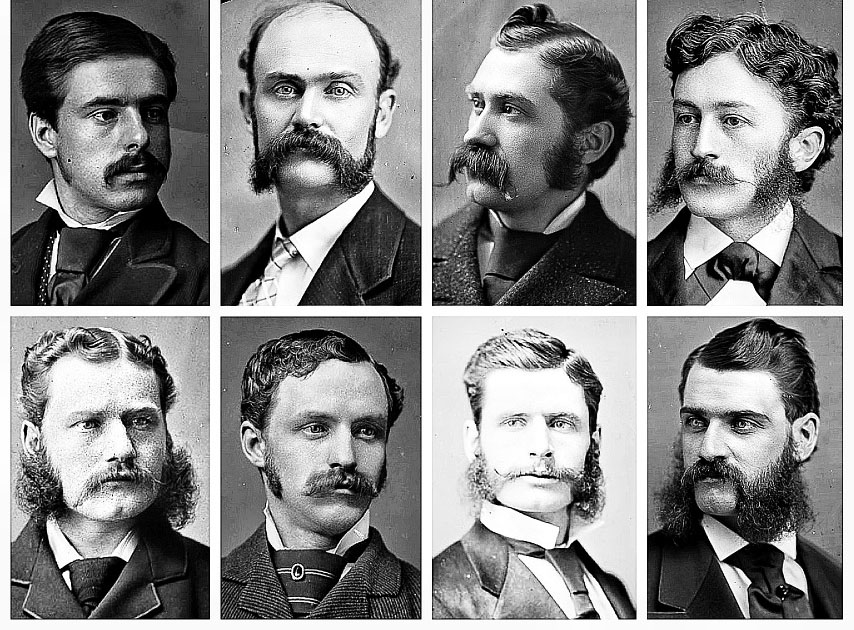
They considered it shameful to lose hair and therefore much attention was given to the hair. The men would wear their hair down with a middle part and accompanied by bushy beards. The men considred to be lower than the king wore their hair shorter. The 8th Century saw men shave their beards and properly groom their hair in alliance with the Pope of Rome. This style stayed for a while and in 1073 Pope Gregory VII is known to have banned moustaches and beards among the clergymen.
The ‘pageboy’ hairstyle came in trend during the 11th Century and was popularized by Charles VII. The hairstyle was marked by curved styling around the ears and going to the nape of the neck.
Women wore simple hairstyles in long lengths going up to the knees and with two plaits. Chignon styling was popular during hotter days. The Catholic church dictated that women wear veils, because a woman’s hair was thought to belong to her husband and was seen as being erotic. Three braids tied to the back became a popular hair trend in the 13th to 14th century and the style was often decortaed with ornaments at the forehead as well as nets. Married women on the other hand kept their hair covered using hairnets, hats, Barbettes and veils.
The Renaissance saw women pluck their front hairlines to give an illusions of higher foreheads. They would also wear elaborate headpieces to symbolize wealth, with several braids entwined around each other.
The Americans
The Native Americans also had a rich cultural background related to their hair. Each of the Native American tribes had their own set of interesting and vibrant cultural hairstyles.
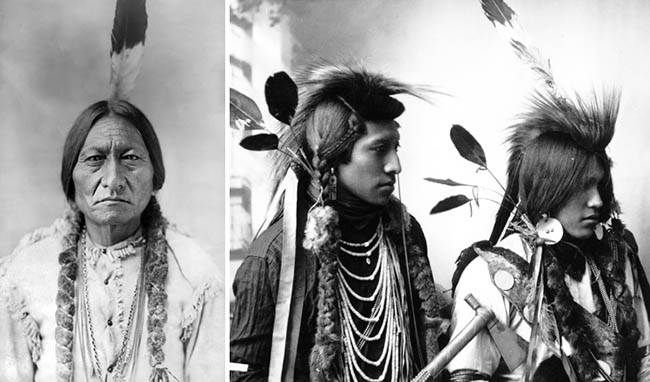 Native Americans from the East Coast were known to shave off most of their hair and leave a fringe of hair all around the head referred to as tonsure. They would also either leave a lock of hair that lay on the crown known as scalplock or a stiffer crest of hair that run down the middle of the head known as a roach similar to the modern day Mohawk. The roach would be fashioned using the wearer’s own hair or using artificial hair that was brightly colored.
Native Americans from the East Coast were known to shave off most of their hair and leave a fringe of hair all around the head referred to as tonsure. They would also either leave a lock of hair that lay on the crown known as scalplock or a stiffer crest of hair that run down the middle of the head known as a roach similar to the modern day Mohawk. The roach would be fashioned using the wearer’s own hair or using artificial hair that was brightly colored.
Other Indian tribes had men keep their hair long, because they believed that it symbolized power and wisdom. The men would seperate their hair into braids and have one running down the center to the back, for the older and more experienced warriors.
Women wore similar styles and decorated their hair using feathers. They would decorate their hair with several inrticately done braids using several strands of hair, while now braiding is commonly done using three hair strands. Men and women would also often wear their hair flowing freely and paint brightly colored horizontal stripes at the center.
Sothern tribes wore their hair tied to the back of their heads and twisted into a chongo. This was donned by both men and women.
Popular Hair Trends of the Past
History has seen hair trends come and go. Some keep coming back in trend, while ohers are best left burried in the past. We revisit some of these hair trends from the past.
The Pompadour
You can’t talk about the Pompadour and fail to mention Janelle Monae. She could be credited for re-popularizing this 50s hair trend.
The Pompadour was a popular men’s hairstyle back in the 50s and the likes of Johnny Cash and Elvis Presely donned the look. It is back in trend and both men and women are spotting the look.
The Afro
The huge mane of natural hair that most African Americans wore back in the late 60s to the 70s just won’t stay burried in the past.
Diana Rose, The Supremes, Pam Grier, Lionel Richie and Samuel L. Jackson are just but a few of the celebrities who have rocked the look in the past. The fro is back in trend in the form of human hair natural weaves and wigs. Could this be your next hairstyle?
Marilyn Monroe’s Glamour Waves
Marilyn Monroe was an entertainment icon of her time and she influenced women across race with her glamourous dressing and hair styling. Her glamour waves rose in popularity among women and most still don this style.
Yet again we have seen this style come back in weaves and wigs.
Cleopatra’s Braids
The most famous queen to have ruled Egypt and her popularity span the world over making her the most famous female ruler in world history. Popular also is her hair which she wore in jet black braided hair with a front falling even cut bang marked complete with a golden crown and golden decals.
She is also believed to have popularized the smoky eye look. Cosmetic use had rose in Egypt upon her ascent to the throne in 1st Century BC. The cosmetics the Egyptian women used were made out of plants, minerals and rocks. She often wore a bright green malachite hue on her lower lids paired with dark blue eye shadow. She also darkened and lengthened her eyebrows and lashes with black kohl made out of powdered lead sulfide mixed with animal fat.
This is a look we have seen duplicated severally in recent times. Katy Perry donned the look on her Dark Horse video.
Top Knots
As we have seen top knots were often worn by Japanese and Chinese men back in the day. The style has remained in trend and crossed over to being a quick-fix favorite as well as a wedding favorite for women.
The top knot is an easy style to don when working out at the gym. It also makes for a good styling choice for a wedding in the summer or on the beach.
Men’s Cornrows and Beaded Cornrows
You can’t take a walk down history’s hair fads and fail to mention men’s cornrows. The trend rose in popularity back in the late 60s going into the early 70s.
It was a commonly popular hairstyle among the African American male community and quite a number of celebrities have spotted the look. It still is a popular styling choice for men who keep their hair long.
Beaded cornrows are thought to have orginated from African tribes including the Pokot tribe in Kenyan and Zulu in South Africa. Cornrows have had a long political history in the African American community, and it remains popular among the community not only for its political statement but also as beloved styling choice.
Hair keeps creating waves in history and several years from now hair trends that are currently popular might remain in the past or get reinvented. Be part of history and give some of these hairstyles of the past a twist of your own.


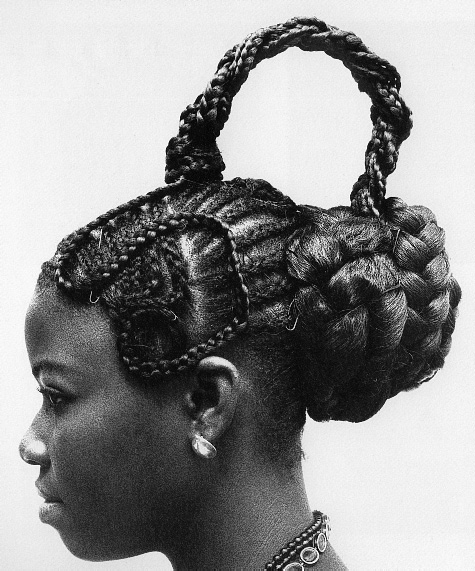
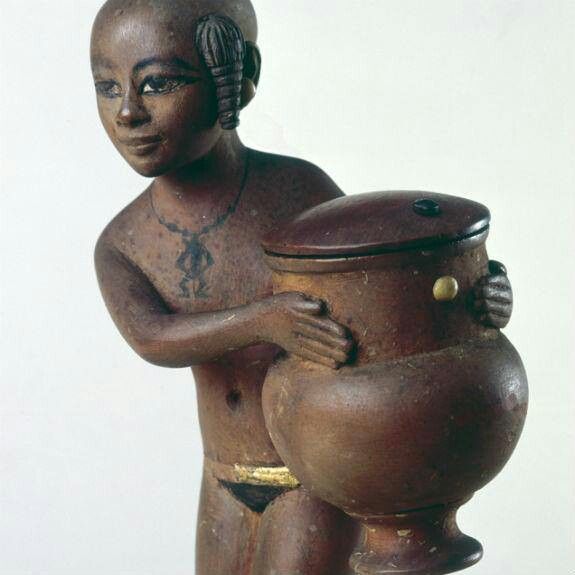
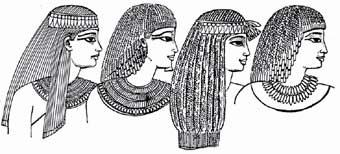
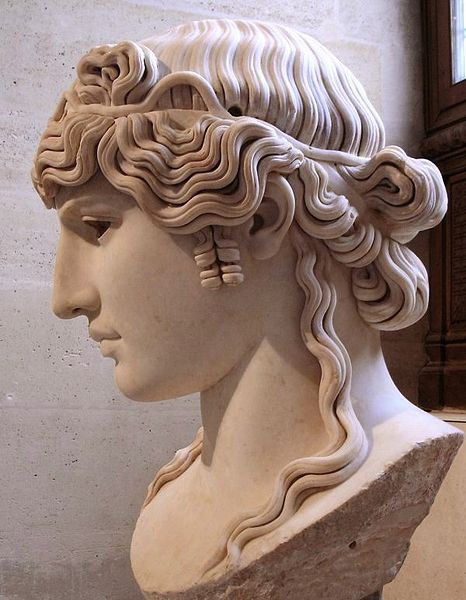

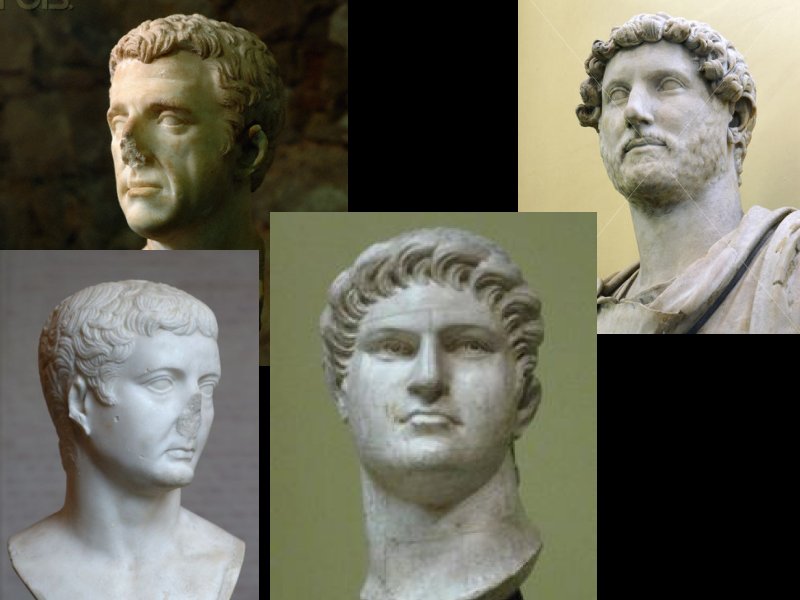
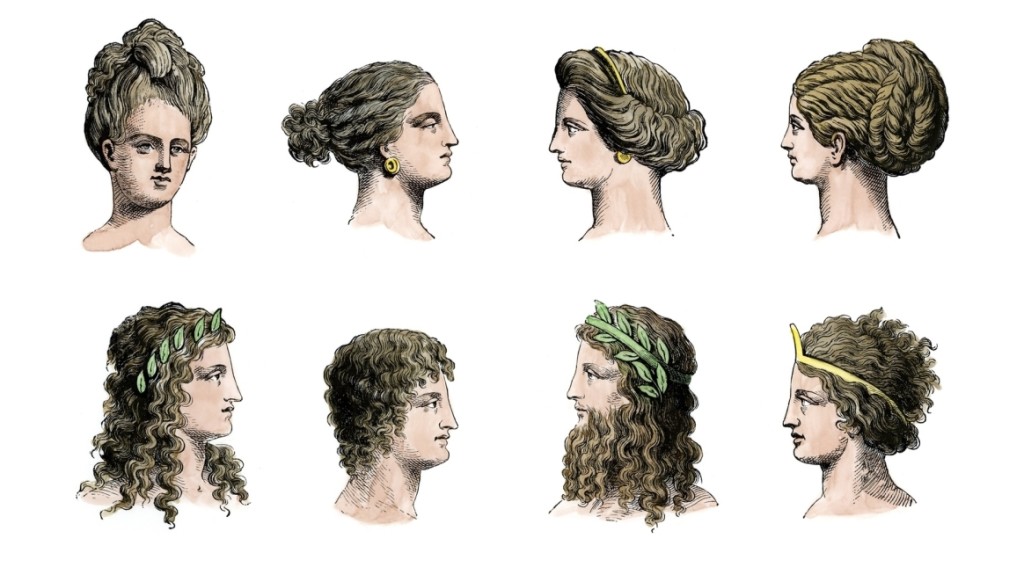
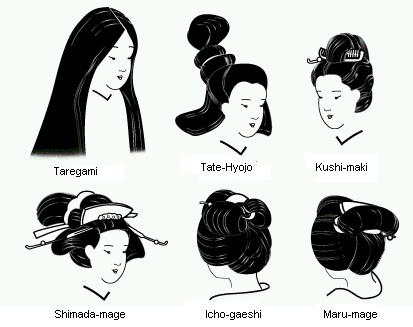
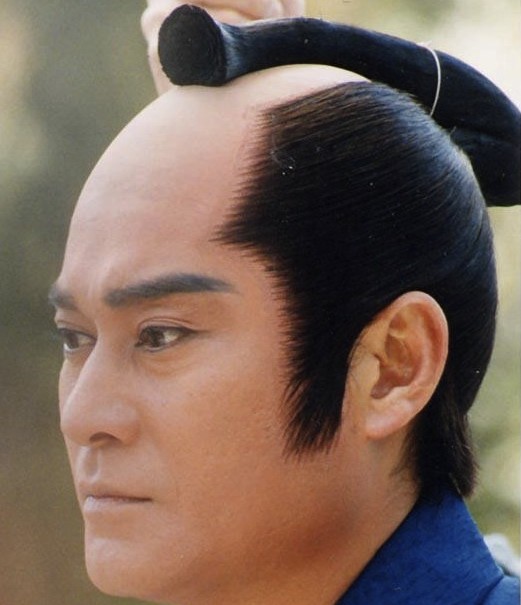
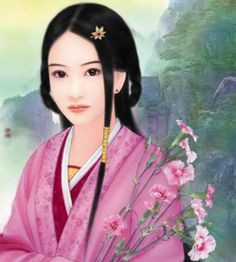
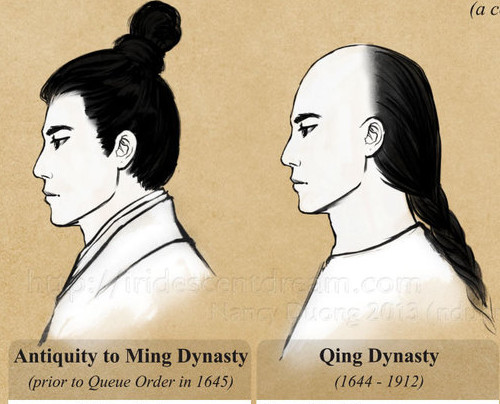
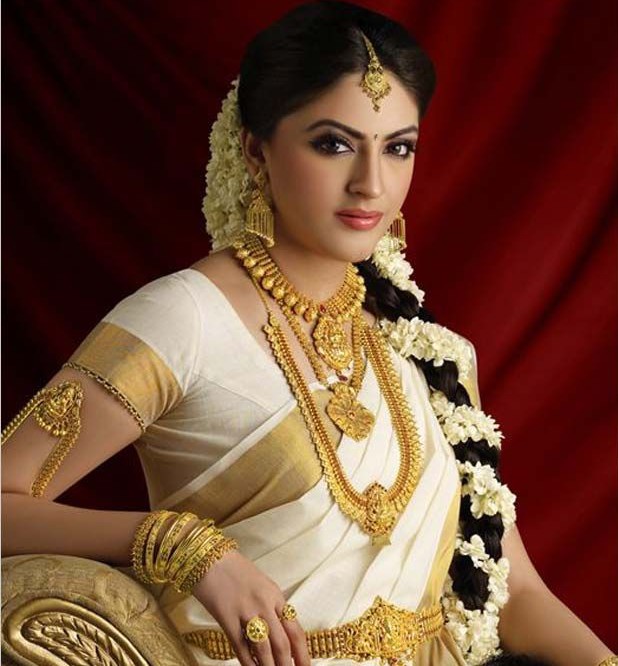
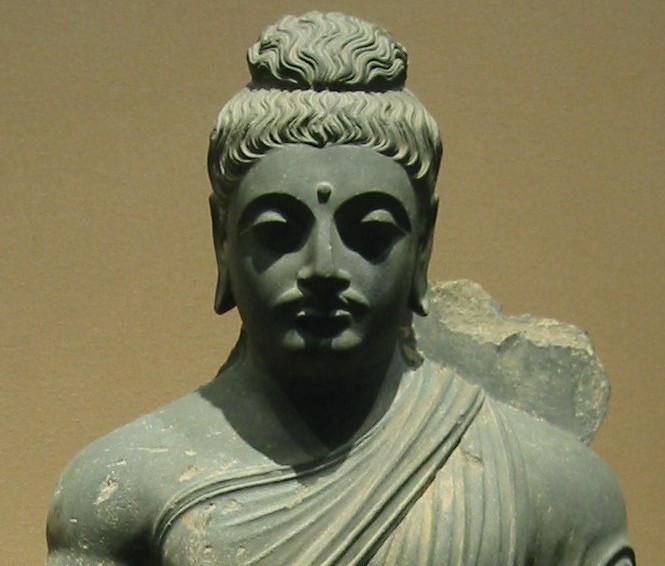
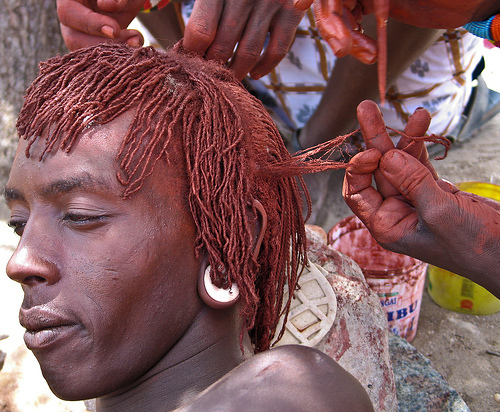
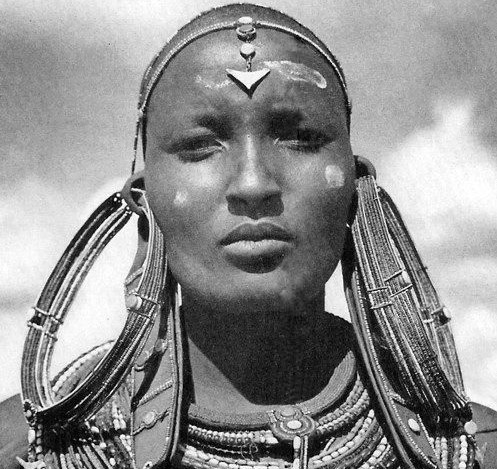
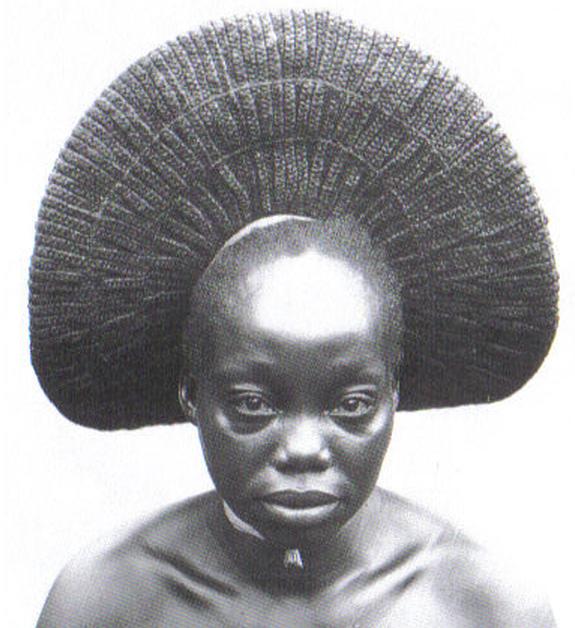
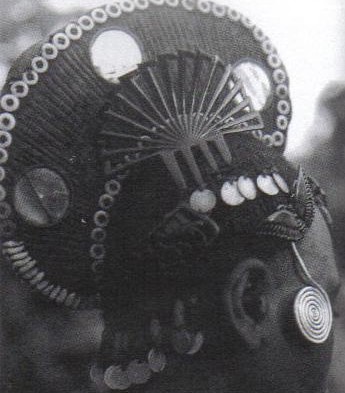
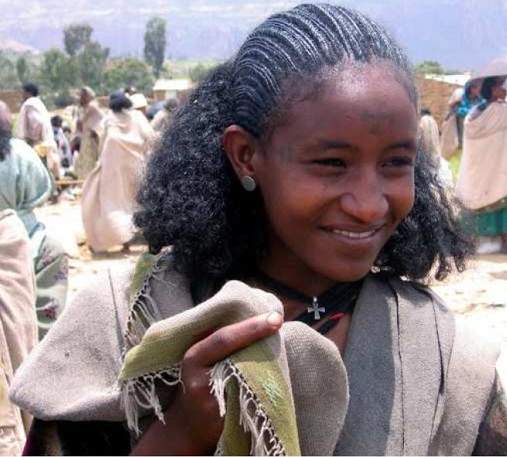
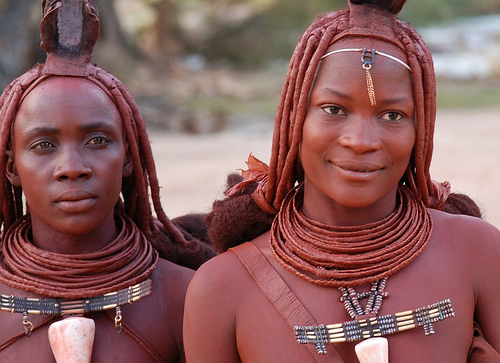
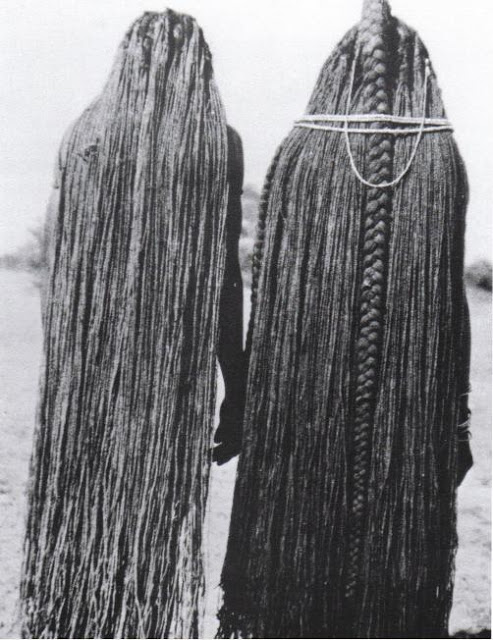
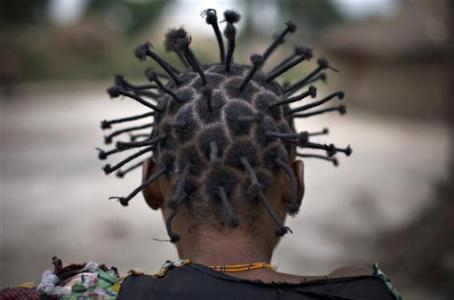

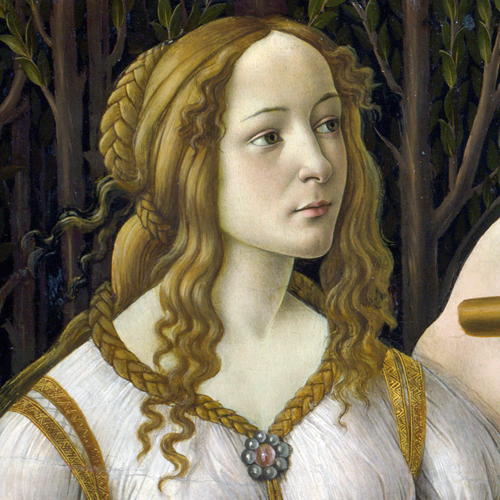
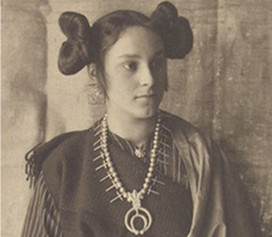
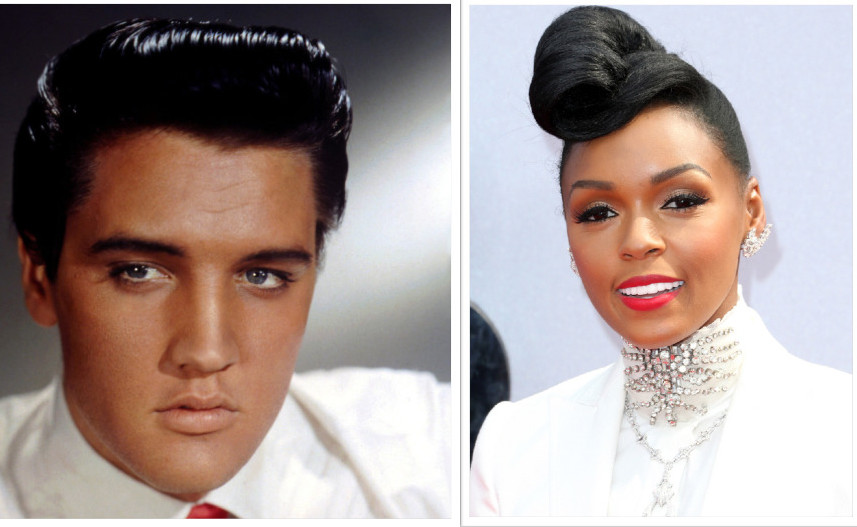
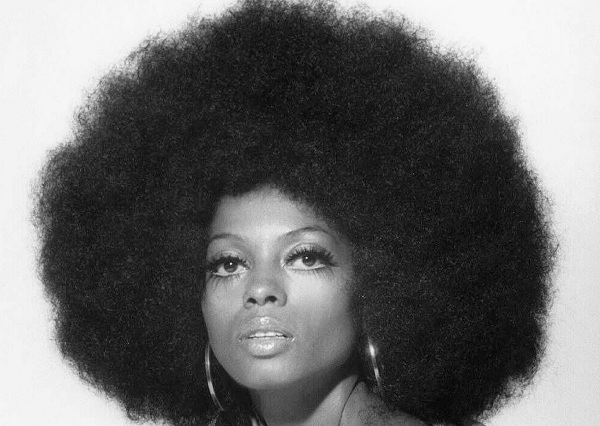
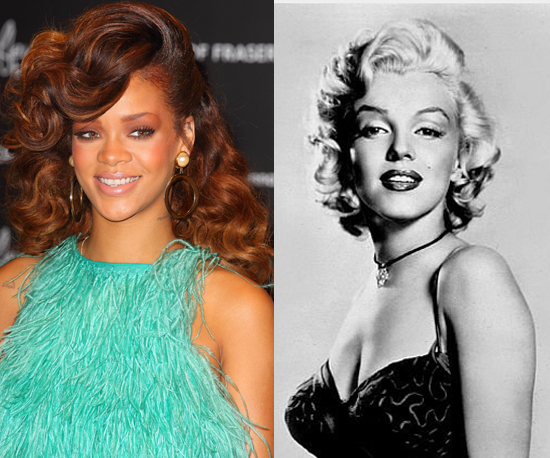

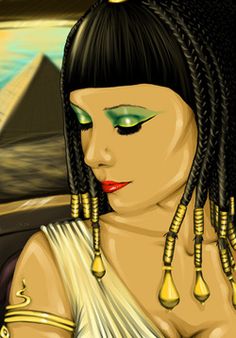
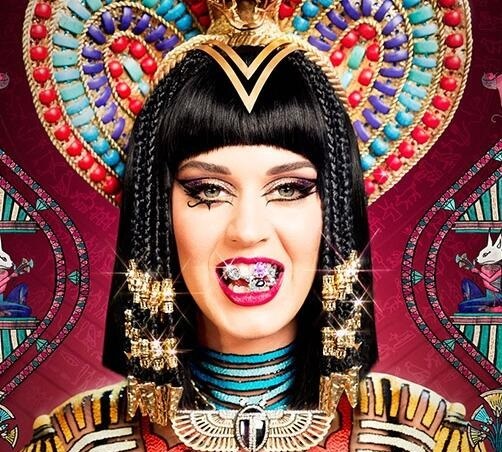
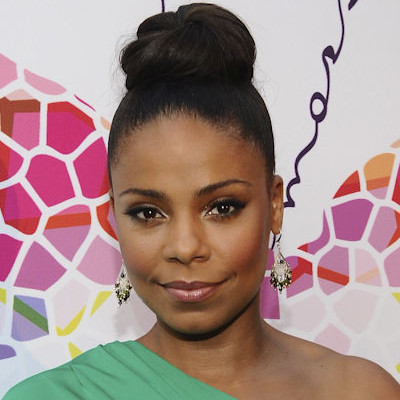
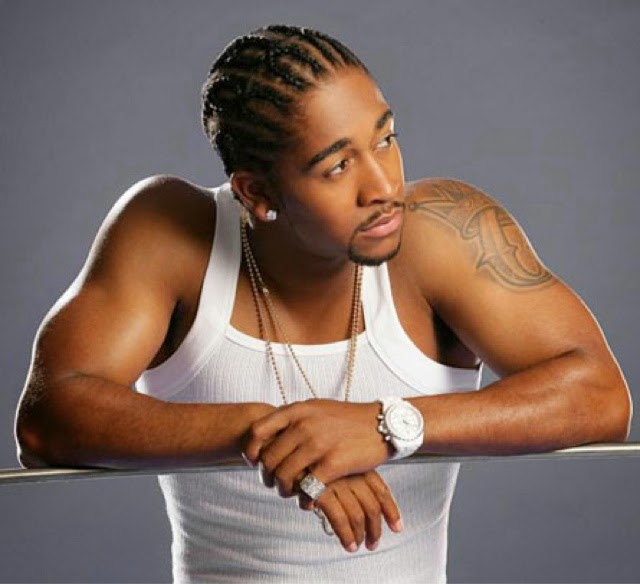
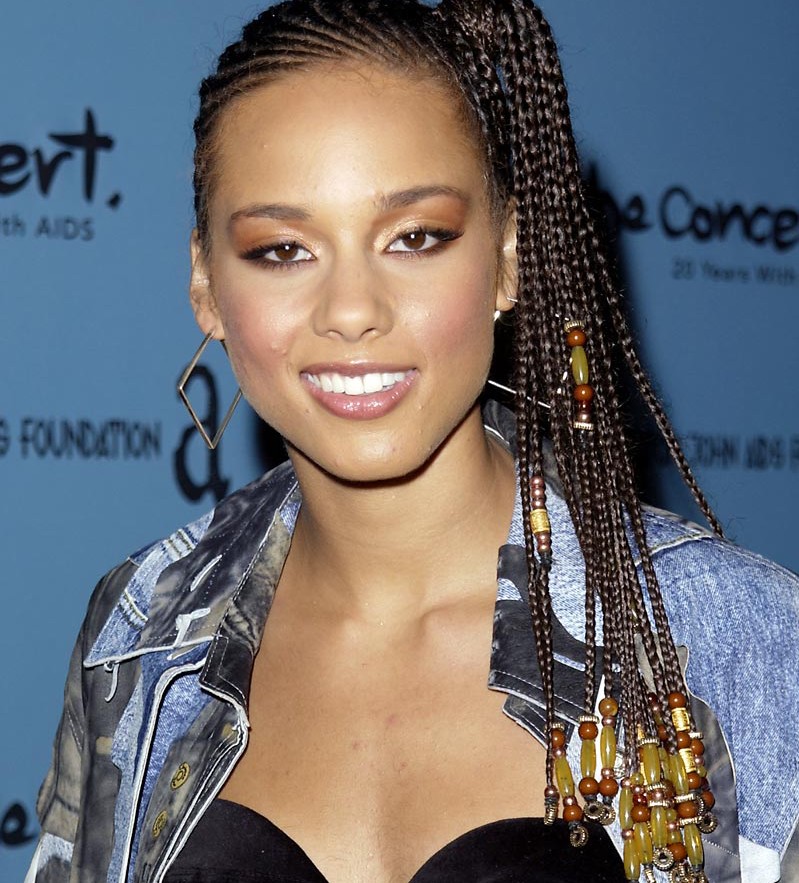





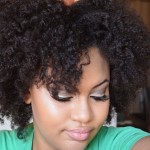

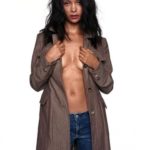
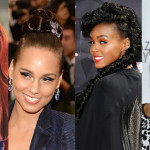



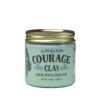
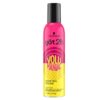
Comments are closed.